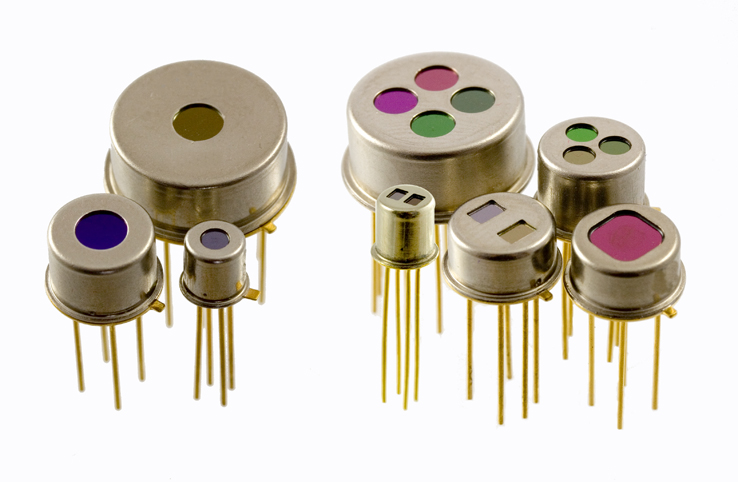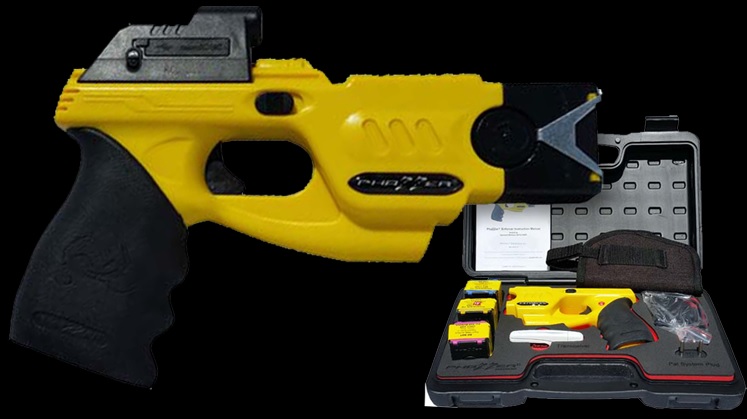
Pyroelectric detection works by converting specific changes in the incoming infrared light to electric signals. The characteristic of pyroelectric materials is to have spontaneous electric polarization. As such, the temperature changes alter it when the infrared light illuminates the elements. Professionals can use these sensor series since they use this effect at ambient temperature even in thermal noise. There is a wide range of applications the pyroelectric detector serves when one chooses the appropriate receiving electrodes.
Characteristics of a Pyroelectric Detector
- Stable against electromagnetic interference
- Stable against ambient temperature and atmosphere changes
- Robust under severe environmental conditions
- Low cost
- Room temperature operation
- Versatile selection of pyroelectric detection wavelength filters
- High sensitivity
Applications
Some of the applications include:
- Life safety
- Home security
- Visitor detector
- Automatic door switch
- Flame detector
- Temperature measurement
- Light control
- Intrusion sensor
Pyroelectric Detector General Principles of Operation
The security industry uses the pyroelectric detector as a unique purpose radiometer to detect an intruder’s body heat. It is passive since it is an almost perfect sensor. No one can detect its presence, and this also goes for active sensors like microwave or ultrasonic. These appliances’ design goal is to detect an intruder through a high probability radiometer within a defined section of the area while it responds to anything else.
The pyroelectric detector element geometry and optics define the detection area. The intruder body heat efficient discrimination enhances the probability of detection by the electronic and optics signal processing. In comparison, it hardens the sensor against all other stimuli and does not respond to anything else as the science or art of rendering.
General Principles of Detection
In infrared energy, an intrusion sensor is sensitive to changes for detection instead of absolute levels. It gets itself into the room’s background conditions, perceiving an intruder as changing the equilibrium state. Fundamental to the detection process is this change principle, and they use the chopping process to maximize the pyroelectric detector sensors.
Also designed to measure temperature are the conventional radiometers, and these have a built-in mechanical chopper wheel, which cuts off and on the field-of-view alternately. With this, the radiometer determines all eternal factors, and it is visible by the chopper wheel reference, which becomes its background or reference temperature.
Using an electronic chopper is another way, which switches the signal processor to an internal reference from the external source at an appropriate frequency modulating the reference.
As a reference to completely avoid using the chopper, the intrusion sensors cleverly use the exact background. It appears and then disappears when an intruder moves through the area and divides the area it needs to protect into separated and several separate fields-of-view. It modulates the reference condition when it does so. Relative to the variance in temperature between the background and intruder is the signal produced.
An intruder can move with little to no perceivable change in radiation because the area and the intruder would be rendered together since there are no defined separate fields. In other words, the intruder will become part of the background. If the intruder approaches from a distance or quite slowly, it may be impossible to see the intruder, and the transitory event might be missed altogether.











